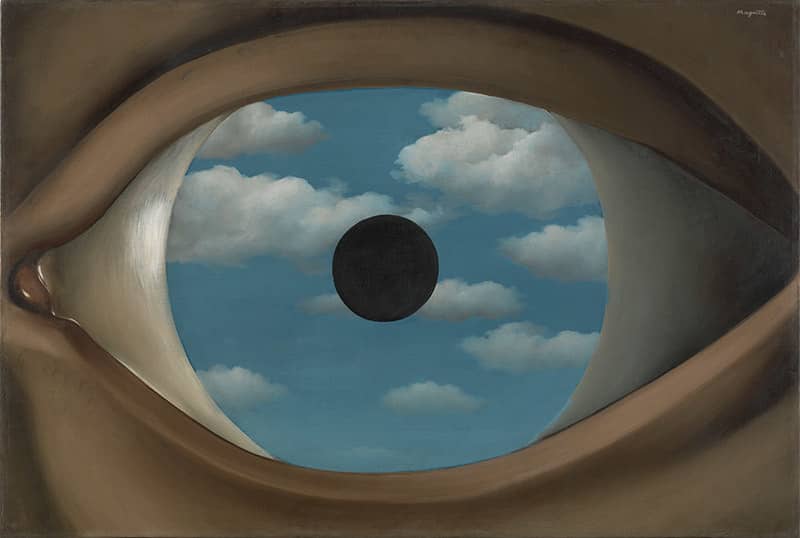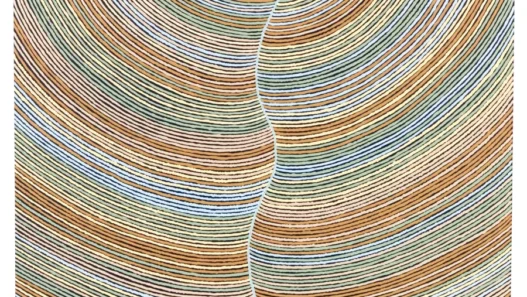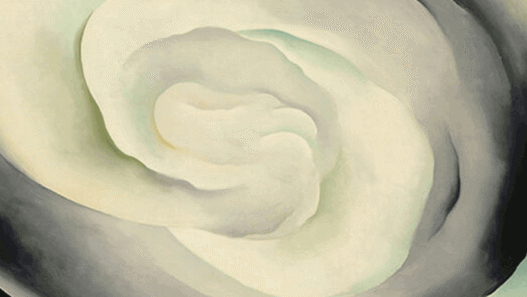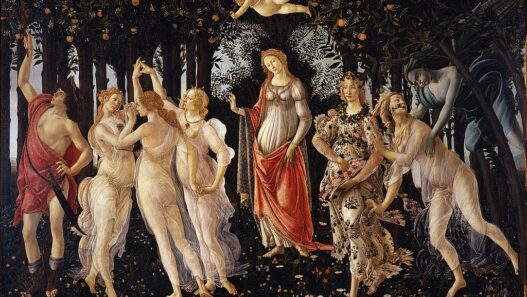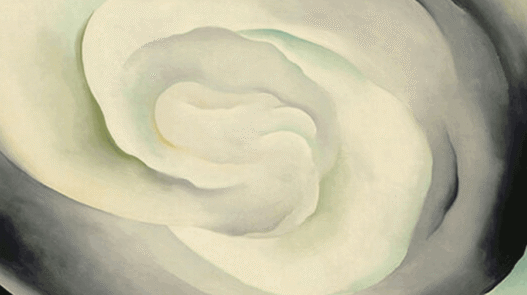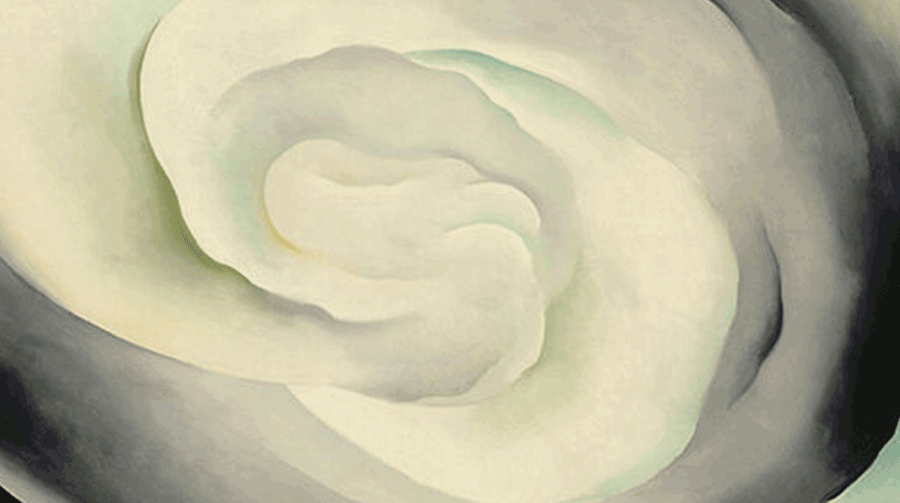The white rose is one of the most evocative symbols in art, carrying deep layers of meaning across cultures and artistic traditions. Beyond its beauty, the white rose represents purity, innocence, spiritual love, and transcendence. Artists have long used this delicate bloom to convey emotions, ideas, and moral messages, making it a recurring motif in paintings, sculpture, and decorative arts.
In many artworks, the white rose symbolises purity of heart and innocence of character. From Renaissance paintings of the Virgin Mary to allegorical portraits, the white rose often appears as a visual cue for virtue and untainted beauty. Its pristine colour evokes clarity and simplicity, reminding viewers of moral integrity and the divine nature of purity.
Important Art with With Rose Symbolism
The Annunciation (Fra Angelico, 1437–1446)
In some versions of the Annunciation, white roses are included in the composition to emphasise Mary’s virginity and spiritual purity. Renaissance painters often used floral symbols as a visual shorthand for moral and religious qualities, with white roses reserved for purity.
The Garden of Earthly Delights (Hieronymus Bosch, c. 1490–1510)
White flowers, including roses, are scattered in the earthly paradise panel. They symbolise innocence, divine creation, and the uncorrupted state of humanity before sin. While Bosch’s work is fantastical, the white rose stands out as a traditional Christian symbol amid the complex allegorical imagery.
Rosary Paintings and Marian Altarpieces (Various Artists, 15th–17th Century)
Includes works by Botticelli, Cranach, and other religious painters. The white rose often appears alongside the Virgin Mary or angels, representing spiritual love, divine grace, and purity. Particularly common in Northern Renaissance art, the white rose is integrated into compositions as both a devotional and symbolic element.
